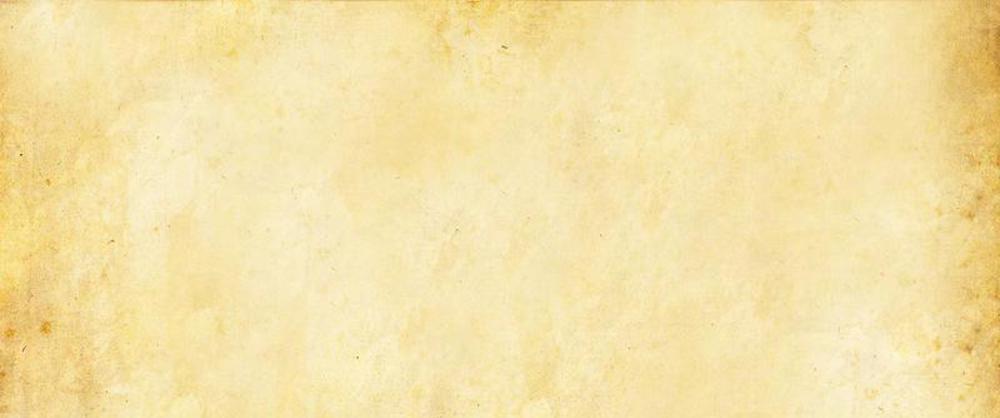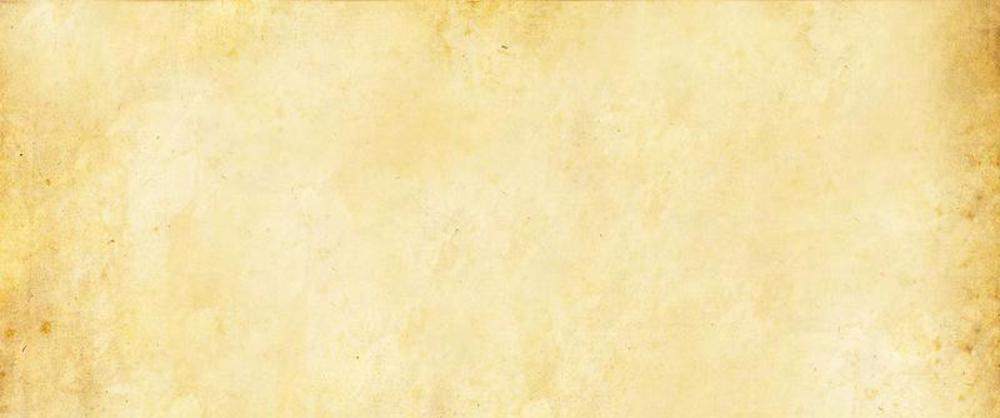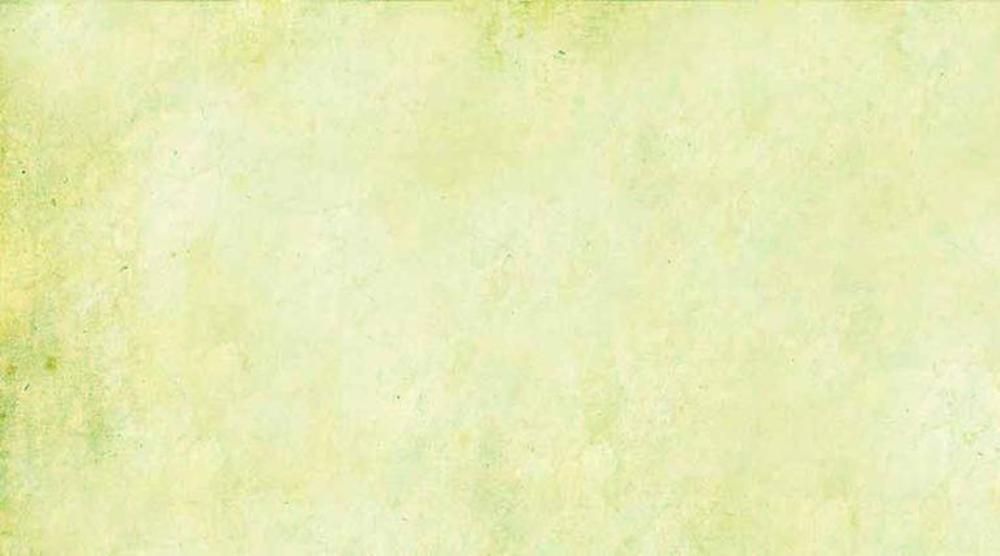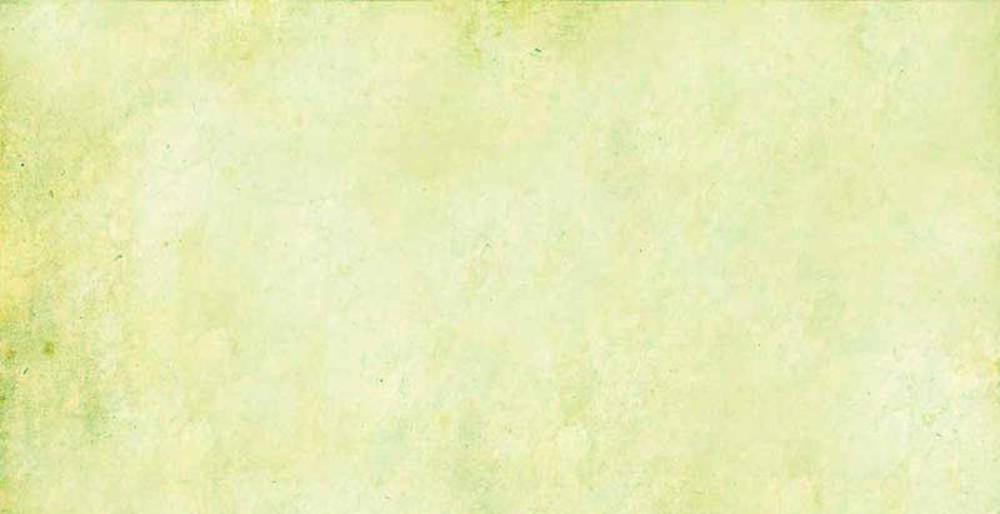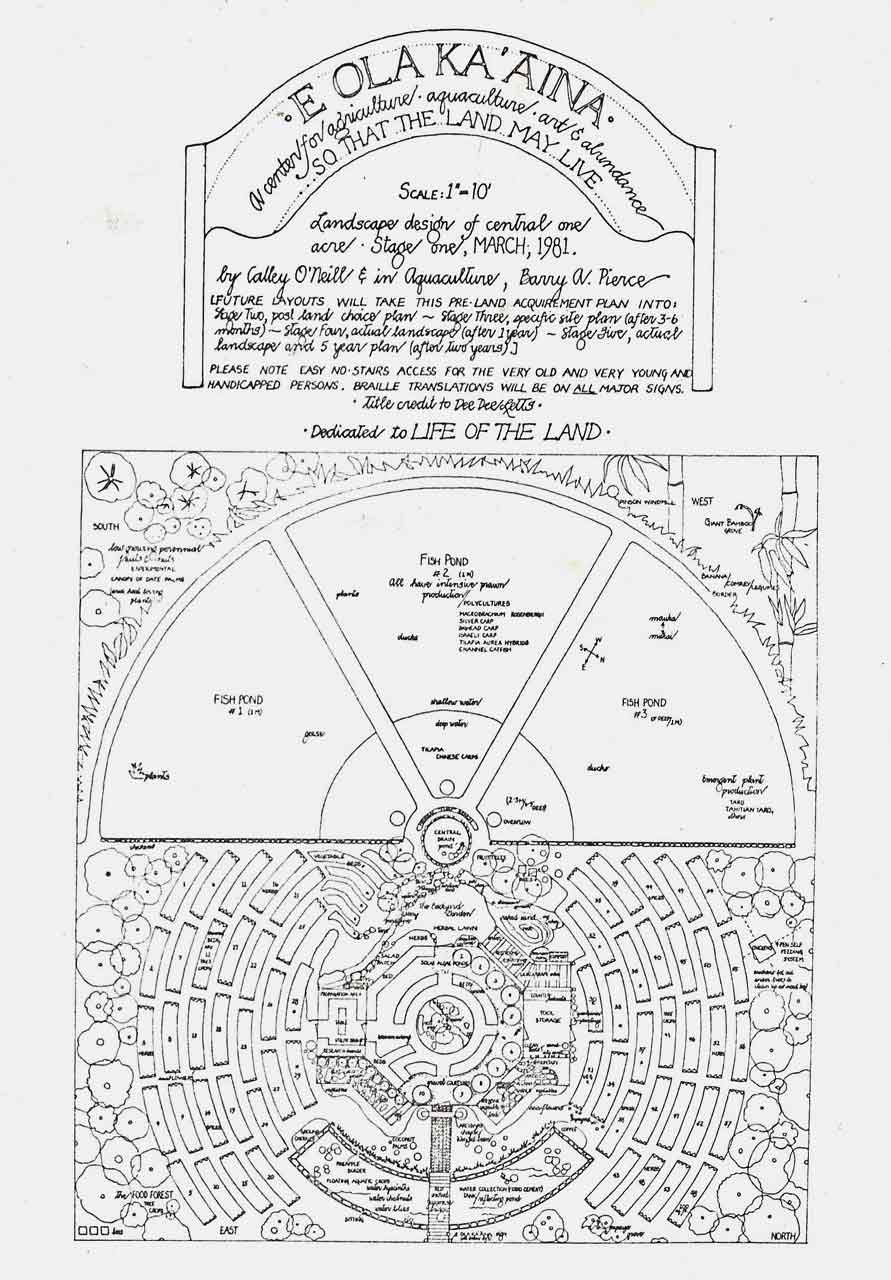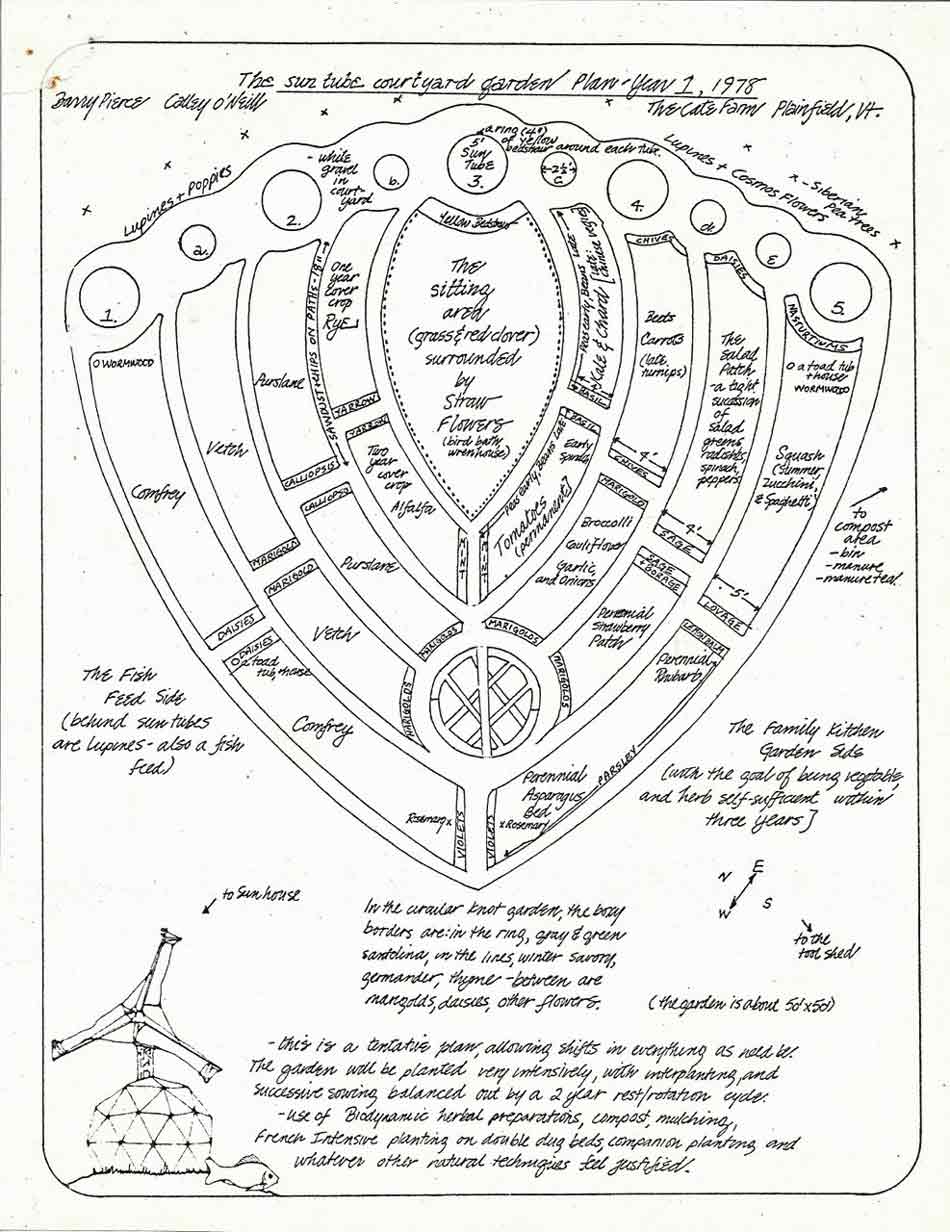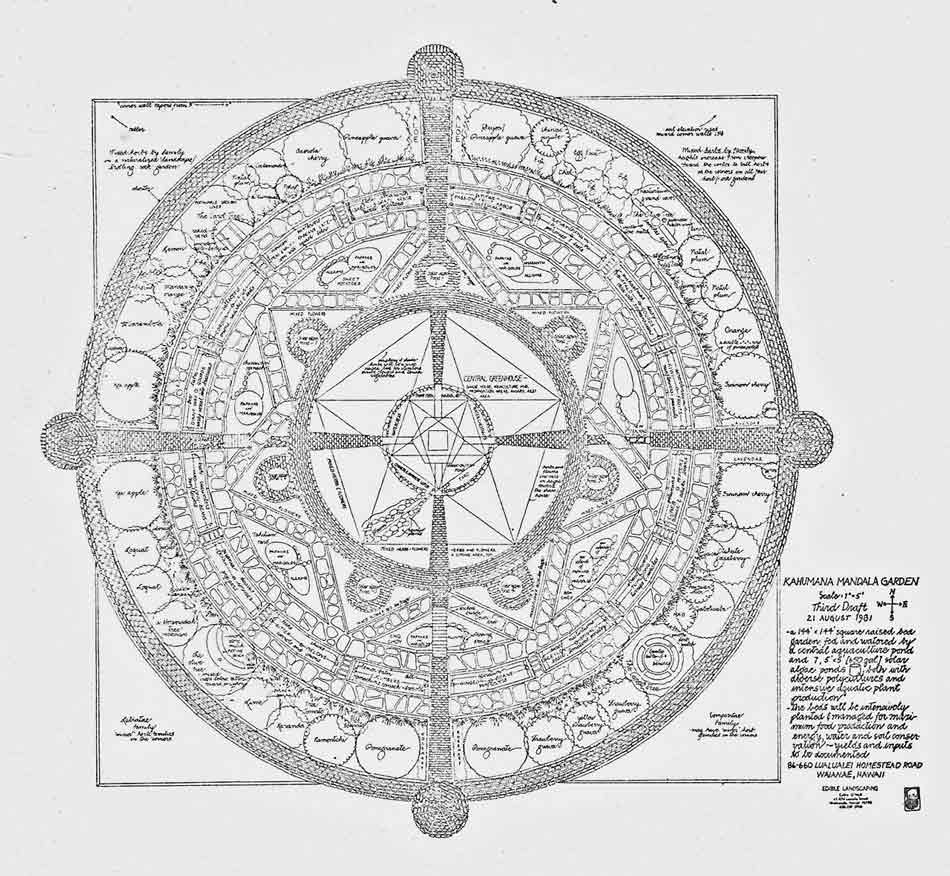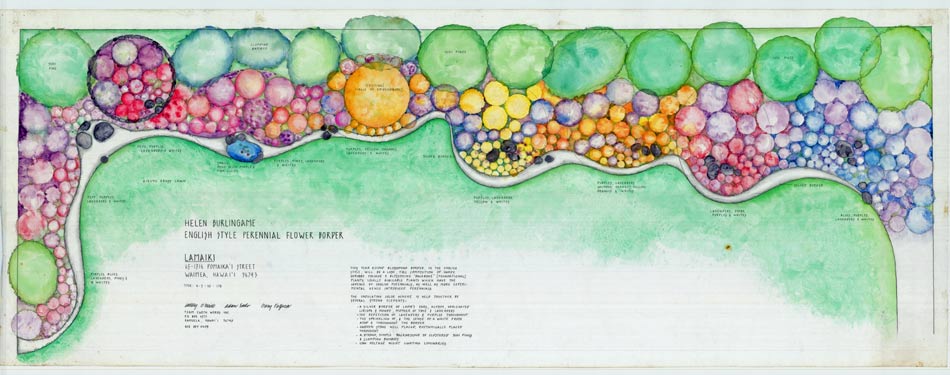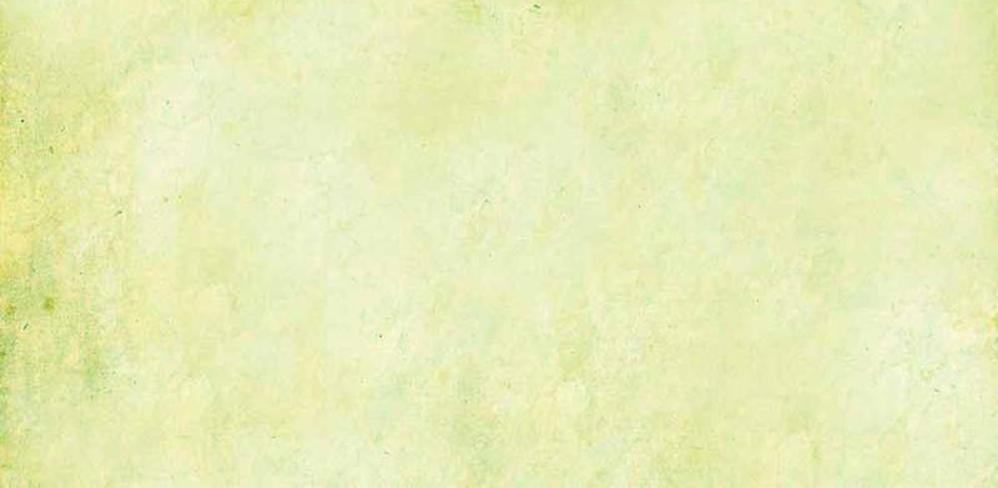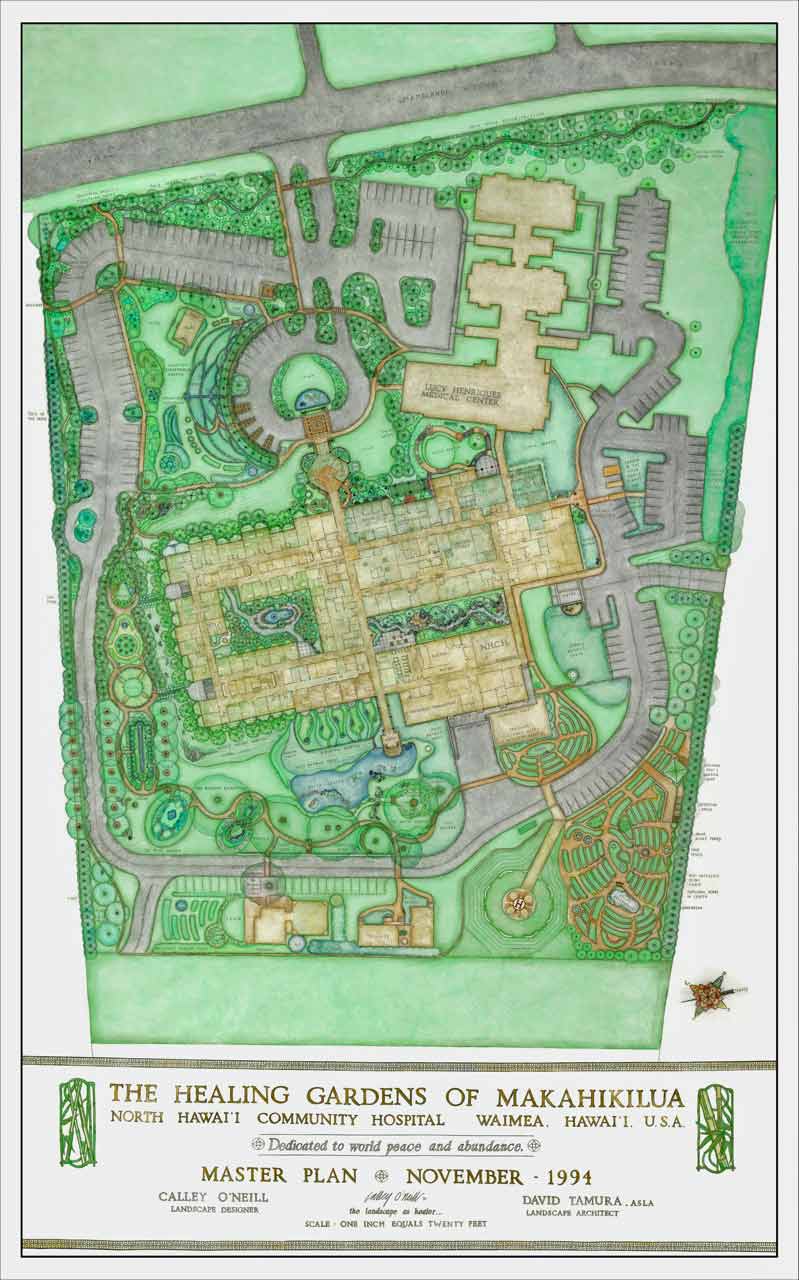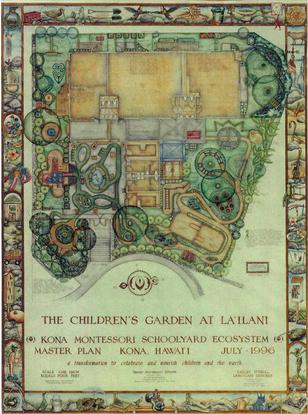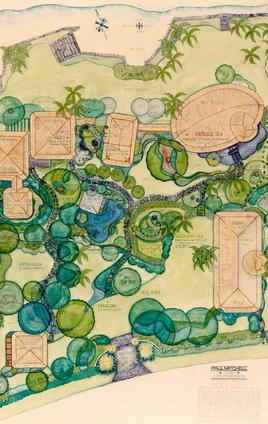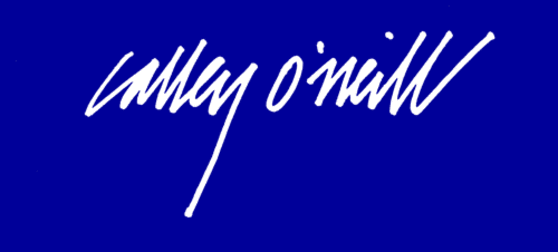Email: Calley@CalleyO'Neill.com
ECOLOGICAL LANDSCAPE DESIGN
The time has come.
Calley O’Neill grew up next door to her pure Italian grandfather, Stephen J. Sessa, professional photographer and avid gardener. Her ‘grampa’ was well known in town for his beautiful four level garden, which included a little of everything, including a classic Italian array of Italian grape vines, tomatoes, peppers, eggplants, basil, and oregano. Grampa taught Calley the art of composting (he called the humus pile), mulching, propagation, and garden cultivation. She was his only grandchild with a keen interest in gardening, and a love of the soil, which continues to this day.
A highly skillful community facilitator, thorough researcher and innovative landscape designer, Calley O’Neill has worked in the filed of ecological fine art landscape design since 1977, when she earned a Master’s degree in Social Ecology from Goddard College in Plainfield, Vermont. Calley received training and extensive hands-on experience in biological agriculture and soil science (Charles Woodard, Goddard College), Bio-Intensive mini-farming (renowned researcher/. author John Jeavons, HOW TO GROW MORE VEGETABLES), ecological design (John and Nancy Todd and numerous ecological pioneers, Institute for Social Ecology at Goddard College), small-scale aquaculture (author/ecologist Barry A. Costa-Pierce, PhD), sustainability, culinary and medicinal herbs (Herbalist Adele Dawson, Vermont), basic renewable energy, and Hawaiian La’au Lapa’au (Hawaiian medicinal herbs, graduated Mo’o level under Po’okela Kahuna La’au Lapa’au Papa Henry Allen Auwae). Calley’s graduate fieldwork involved a beautiful ‘backyard’ research garden called The Solar Shield built in collaboration with her partner at the time, Dr. Barry Costa-Pierce at Goddard’s experimental Cate Farm. Pierce developed the aquaculture and gravity fed green water irrigation system, and Calley, the design and intensive agriculture.
Along with Robert Kourik and Rosalind Creasy on the west coast, Calley was one of the first designers in the US to coin the term Edible Landscaping. She wrote a regular gardening column in the local paper, and a guidebook on Edible Landscaping for the National Association for Gardening. She had an uncanny (and to her mysterious) and spontaneous ability to see a landscape as it was, and see it immediately transformed into an edible landscape. It was a marvelous gift of seeing, alternating between present reality and abundant potential.
Calley worked as a professional landscape designer/installer in Honolulu from 1980 ~ 1985, continuing her design work when she moved to the Big Island in 1985. She became proficient in building beautiful stonework borders, ornamental as well as edibles. Through word of mouth alone, she became known for her terraced gardens and edible landscapes around the Manoa area. While she and her team worked exclusively on residential projects on Oahu, Calley designed numerous public prototypes for healing in nature. Among the prototypes: the Paul Mitchell Edible Landscape, The Children’s Garden at Lailani, E Ola Ka ‘Aina, (So That The Land May Live) A Center for Agriculture, Aquaculture, Art and Abundance, the Kahumana Mandala Garden and The Healing Gardens of Makahikilua at North Hawai’I Community Hospital.
Calley’s participation in design teams and community-based projects never fails to spark innovative inclusive thinking, ecological design, cultural sensitivity and high-level natural aesthetics. Her landmark Healing Gardens of Makahikilua master plan for North Hawai’i Community Hospital in Kamuela received national recognition among the top landscape architects and professors in the field of therapeutic garden design, who noted it was a design “beyond any they had ever seen in breadth and depth”.
An enthusiastic, positive and inspiring team player, Calley’s input raises the bar toward healing the Earth and its inhabitants.
SCHEDULE A CONSULTATION WITH CALLEY FOR YOUR DESIGN PROJECT
Art and Soul for the Earth
Big Island of Hawai'i

